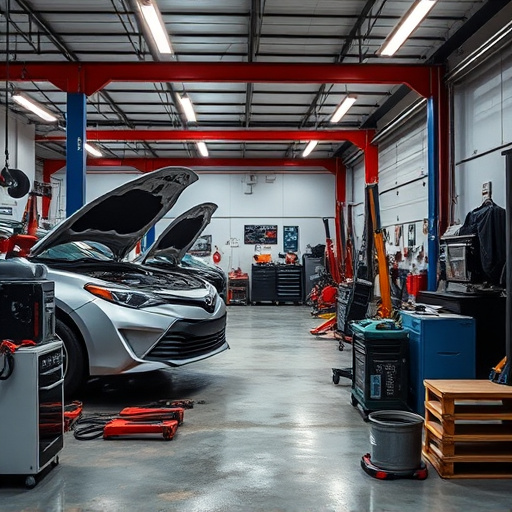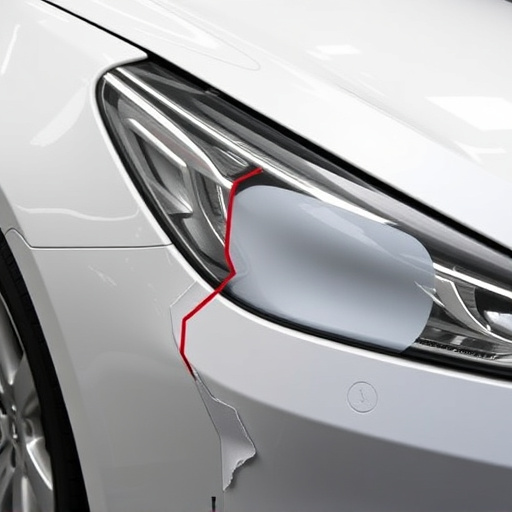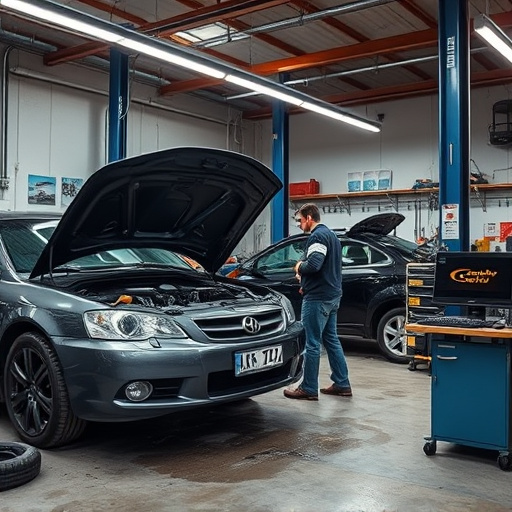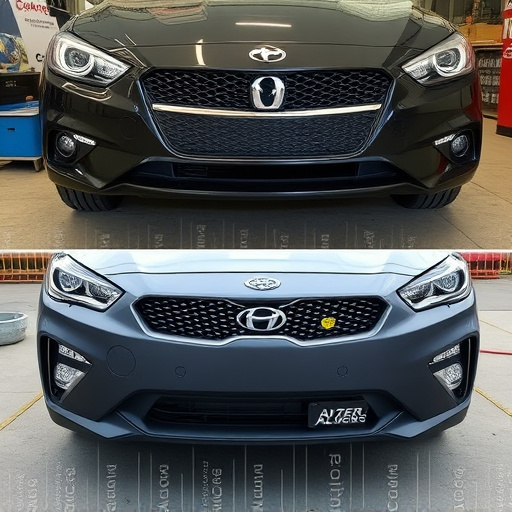Tesla's cutting-edge cooling system architecture ensures optimal temperatures for critical components like inverters and chargers, enhancing vehicle reliability and safety during collision repair. Effective thermal management through advanced liquid cooling, strategic heat sinks, and efficient ventilations prevents overheating, prolonging the lifespan of sensitive electrical parts and safeguarding Tesla cooling system integrity.
Tesla vehicles are renowned for their innovative technology, but maintaining optimal Tesla cooling system integrity is crucial for protecting key components like inverters and chargers. This article delves into the intricate architecture of Tesla’s cooling systems and identifies vulnerabilities specific to these vital parts. We explore strategies for effective cooling management to ensure the longevity of your vehicle’s inverter and charger, ultimately enhancing overall performance and reliability.
- Understanding Tesla's Cooling System Architecture
- Inverter and Charger: Vulnerabilities & Risks
- Ensuring Longevity through Effective Cooling Management
Understanding Tesla's Cooling System Architecture
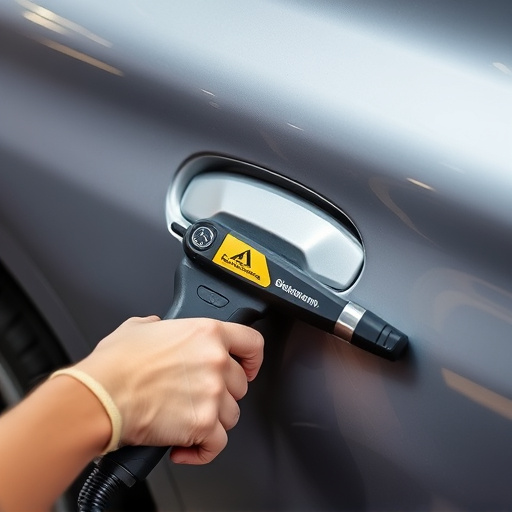
Tesla’s cooling system architecture is designed with a specific focus on maintaining optimal temperatures for critical components like inverters and chargers. This system integrates advanced liquid cooling mechanisms, strategically placed heat sinks, and efficient ventilations to regulate temperature variations. By understanding this intricate design, we uncover the robust nature of Tesla’s cooling system integrity.
The key lies in its ability to adapt to various driving conditions, from intense solar exposure to rapid acceleration. Through a sophisticated network of pipes and radiators, coolant circulates, absorbing heat from sensitive electronics and ensuring their longevity. This proactive approach to thermal management not only prevents damage caused by excessive heat but also enhances the overall reliability of automotive restoration and car collision repair processes for Tesla vehicles. Auto body shops benefit from this robust cooling system as it reduces the risk of temperature-related issues during repairs, ultimately contributing to safer and more efficient vehicle operations.
Inverter and Charger: Vulnerabilities & Risks
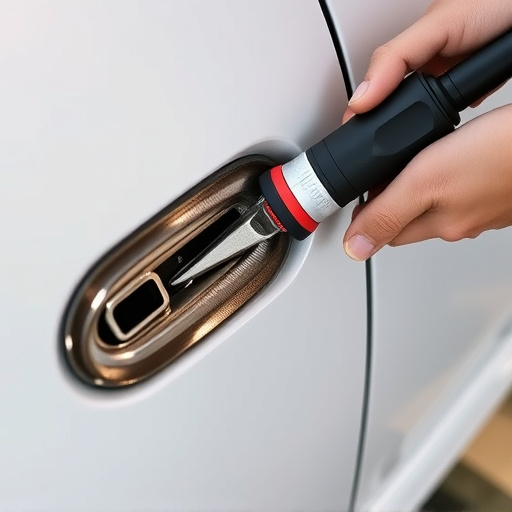
The inverter and charger are critical components within a Tesla vehicle’s electrical system, responsible for managing power flow and ensuring efficient energy distribution. However, these parts are also susceptible to various vulnerabilities and risks. One significant challenge is heat management; as high temperatures can lead to performance degradation and even permanent damage. A malfunctional cooling system, integral to maintaining Tesla cooling system integrity, could result in severe consequences.
In the event of collision damage repair or vehicle repair at a collision center, proper attention must be given to these components to prevent short circuits, overloading, or fire hazards. Regular maintenance and checking for any signs of wear or tear are essential to safeguard against potential risks. Effective thermal management ensures not only optimal performance but also prolongs the lifespan of both the inverter and charger, contributing to overall vehicle health.
Ensuring Longevity through Effective Cooling Management
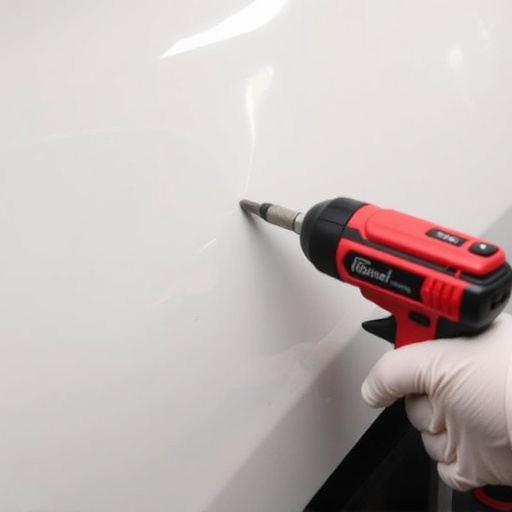
Maintaining optimal performance and extending the lifespan of Tesla’s sensitive electrical components, like inverters and chargers, relies heavily on efficient cooling management. A well-integrated Tesla cooling system acts as a vital shield against potential damage caused by overheating. By ensuring constant temperature regulation, these systems prevent premature wear and tear, which is a common issue in automotive collision repair scenarios where vehicles may be exposed to extreme conditions.
Effective cooling not only safeguards the integrity of critical components but also plays a significant role in enhancing overall vehicle reliability. This is particularly crucial in the context of car restoration projects, where the intricate systems of a Tesla need meticulous attention to detail during repairs and rebuilding processes. With proper care and maintenance, including regular checks on the cooling system, electric vehicles can continue to operate at peak efficiency for years to come, avoiding costly repairs that often arise from inadequate temperature management.
Tesla’s cutting-edge cooling system architecture plays a pivotal role in ensuring the longevity and performance of its inverters and chargers. By understanding the vulnerabilities and risks associated with these components, we can appreciate the importance of effective cooling management. Through proactive measures, Tesla owners can safeguard their vehicles’ critical systems, maintaining optimal performance and reliability over time, thereby enhancing overall satisfaction with their electric vehicle experience.


